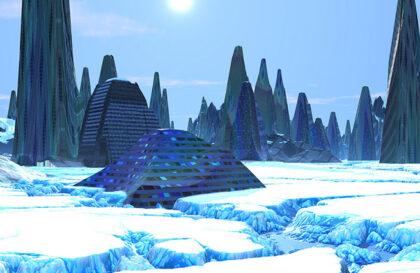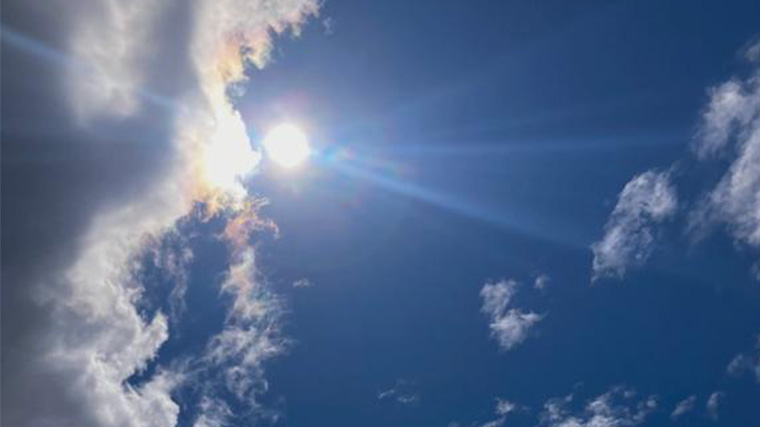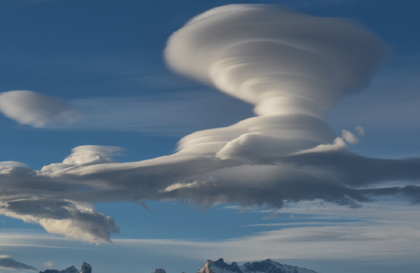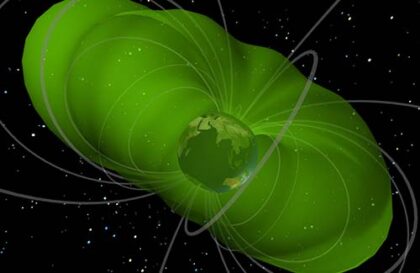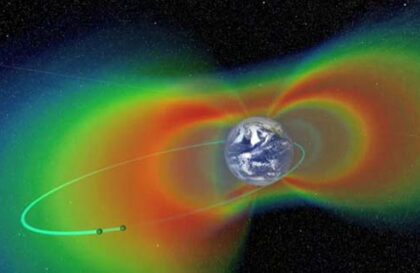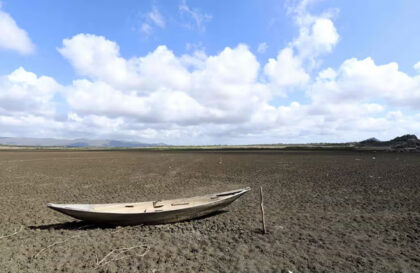What is a Carrington Event?
The Carrington event is an astronomical event that occurred on September 1, 1859 and is named after the British astronomer Richard Carrington. It is the largest solar storm on record, producing powerful, short-lived showers of high-energy particles. Carrington and fellow amateur astronomer Richard Hodgson observed a flash of white light from a region of the sunspot and two patches of intense bright white light emanating from the same region. This was followed by an aurora wave that could be seen in North and Central America, as well as a solar flare effect observed by ground-based magnetometers.
Although the event occurred 10 months before the sunspot peak, it was not an unusually strong peak. Even so, the event was intense enough to be mistaken for the sun rising on a cloudy morning and increasing the concentration of carbon in the atmosphere. The solar flare is estimated to have had the energy of 10 billion atomic bombs and ejected electrified gas and subatomic particles to Earth. The Sun is capable of creating similar conditions, although it is unlikely that it will reach the same intensity.
The 1859 solar flare was so intense that it appeared brighter than the Sun itself. This flare was included in class X, which indicates the highest level of intensity of solar flares.
Credit: NASA’s Goddard Space Flight Center
The event also caused an increase in coronal mass ejections, which are tall plumes of hot gas coming out of the Sun. Strong solar flares can cause radio interference and short-term power outages.
Solar masses of energy associated with this event are thought to be responsible for two large polar storms on August 28-29 and September 2-3.
Consequences of the Carrington Event?
A solar storm in September 1859 during the Carrington event had an immediate and devastating effect on the telegraph system on Earth. The event shocked the operators, the flash was intense, creating two dazzling flashes of light, visible through the telescope. The night sky in North and Central America lit up like day, and prospectors in the Rockies woke up at 1 a.m. thinking the sun had risen on an overcast morning. People could read newspapers by the light of the auroras, and there was another wave of even brighter auroras. In addition, the event caused fires that damaged telegraph cables and operators, and some were even electrocuted.
Credit: FairbanksMike
The effects of the Carrington event included spectacular auroras in the sky, as well as a malfunction of the telegraph system. It is estimated that a similar storm could cause trillions of dollars in damage if it were to strike today. The Carrington event is a reminder of the power of the Sun and the importance of preparing for potential solar storms.
Researchers later determined that auroras are caused by violent events on the Sun that can release vast amounts of electrified gas and dust. The two-day storm caused by the Carrington event contained two large auroral substorms, and since then researchers have been analyzing the storm to understand its scale and impact.
Could this happen again?
If this were to happen again today, we would be faced with massive power outages, non-functioning satellites, and the inability to use modern communications. According to some estimates, recovery could take from 4 to 10 years.
There have been other solar storms in the past, but on a smaller scale. For example, in 1921 and 1967 they caused radio blackouts. In 1989, a geomagnetic storm left Quebec without power for 9 hours.
If a storm comparable to Carrington’s happened today, it could return us to the living conditions of past centuries, without communications, electricity and many other conveniences of the modern world.
Banner image: The vertical lines on the left represent magnetic field lines from the sun. Credit: NASA’s Goddard Space Flight Center
Image credit:
https://svs.gsfc.nasa.gov
https://svs.gsfc.nasa.gov
https://www.flickr.com

